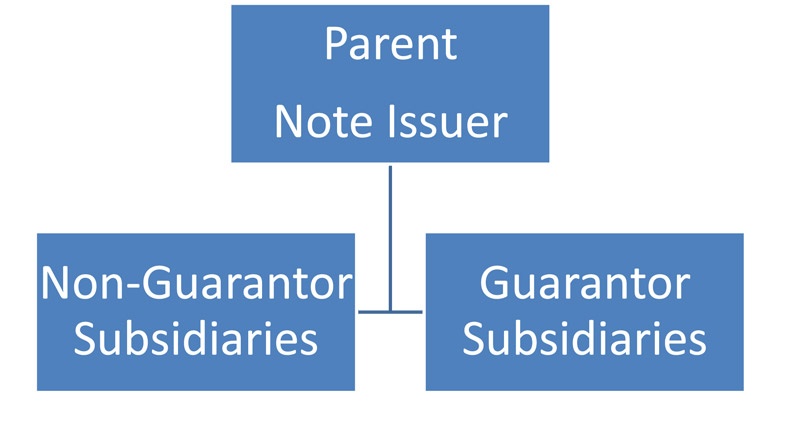 Monday is the big day for the SEC's "Bad Actor" and "General Solicitation" rule amendments. I've previously observed that many are likely to find the Bad Actor amendments to be bad rules when it comes to compliance. Today's blog is devoted to just one interpretational problem with the Bad Actor amendments.
Monday is the big day for the SEC's "Bad Actor" and "General Solicitation" rule amendments. I've previously observed that many are likely to find the Bad Actor amendments to be bad rules when it comes to compliance. Today's blog is devoted to just one interpretational problem with the Bad Actor amendments.
Under the SEC's rule, the disqualification provisions apply to various categories of persons. The first category is the issuer, any predecessor of the issuer, or any affiliated issuer. What exactly is an "affiliated issuer"? The new rules don't say. The term is borrowed from Rule 262 which is the existing disqualification provision applicable to Regulation A. Alack, Rule 262 offers no explanation either. Because Rule 261 provides that all terms used in Regulation A have the same meanings as in Rule 405, one might conclude that an issuer is "affiliated" with the issuer if it directly or indirectly, through one or more intermediaries, controls, or is controlled by, or under common control with the issuer. The term "issuer" is defined (with some exceptions and embellishments) in Section 2(a)(4) of the Securities Act to mean every person that issues or proposes to issue any security.
Now assume that an issuer is about to embark on a Rule 144A offering of notes guaranteed by some, but not all of its subsidiaries, as illustrated above. The parent issuing its notes seems to fit nicely within the definition of "issuer" and would therefore be a covered person for purposes of disqualification. What about guarantor subsidiaries? They are controlled by the issuer and thus would seem to be "affiliated" as defined by Rule 405. They also are issuing securities, the guaranties, and satisfy Section 2(a)(4). Put the two together and you have an affiliated issuer. But wait, why aren't the guarantors simply issuers in their own right? If they are, does it make any difference? It might. The second category of covered persons is any director, officer (see Rule 405), general partner or managing member of the issuer. Note that the rule doesn't say "and any affiliated issuer". Thus, the plain reading of the rule seems to be that directors, officers etc. of an affiliated issuer are not covered persons. However, if the guarantors are issuers in their own right, then their directors and officers would be covered. However, what would be the need for a category of "affiliated issuer" if all affiliated issuers are by definition issuers?
Finally, we have the non-guarantor subsidiaries. They are affiliates for the same reason as their brother guarantors. But are they issuers? Does the rule only mean issuers of a security in the same offering or are they issuers by virtue of the fact that they have issued securities?
This is just one example. Like Lucy, I think that the SEC has a lot of explaining to do.


.png?width=100&height=100&name=corporate_law_blogs%20(1).png)